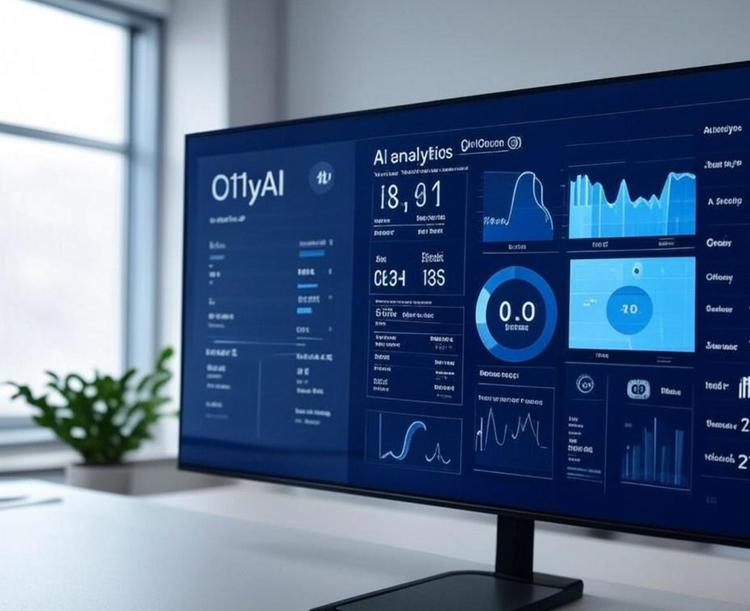
The State of Observability in 2024: Actionable Insights for Practitioners
Explore the 2024 State of Observability report with actionable insights for DevOps, SREs, and IT teams. Learn how to overcome challenges, leverage AI/ML, and advance observability maturity to boost system reliability and business outcomes.
As IT environments grow increasingly complex, the role of observability has never been more critical. Organizations adopting cloud-native architectures and distributed systems are grappling with new challenges in maintaining system performance, reliability, and scalability. This blog explores the latest trends and insights from the 2024 State of Observability report, sponsored by Elastic, to help practitioners navigate these complexities effectively.
For a refresher on the fundamental principles of observability, check out our comprehensive guide.
Understanding Today’s Observability Landscape
Key Challenges Faced by Practitioners
According to the report, 99% of observability practitioners face barriers in implementing effective practices. Here are the top challenges:
Managing diverse team requirements (58%): Teams across development, operations, and other areas often need tailored observability solutions.
Inconsistent best practices (53%): Standardizing observability practices remains elusive for many.
Lack of expertise (49%): Teams struggle to maintain the skills necessary for modern observability tools and strategies.
Actionable Tip: Create cross-functional teams to ensure diverse needs are addressed and establish a shared repository of best practices to streamline processes.
Common Causes of Major Incidents
Despite advancements, incidents still occur frequently, with system updates or patches cited as the leading cause (59%). Other issues include configuration errors and human error.
Practical Advice: Implement rigorous testing protocols for updates and patches to minimize disruptions. Leverage automation tools to handle routine tasks and reduce human errors.
Learn how leveraging AI to enhance observability can drive efficiency and performance.
Why Observability Maturity Matters
Correlation Between Maturity and Outcomes
Organizations with mature observability practices report significantly better outcomes. For example:
Root Cause Identification: 78% of mature organizations can identify the root cause of issues, compared to only 35% of early-stage organizations.
Proactive Issue Detection: Only 24% of mature organizations hear about issues from users, versus 34% of early-stage companies.
Steps to Advance Your Observability Maturity
Adopt Service Level Objectives (SLOs): Mature organizations often base their SLOs on golden signals (48%).
Conduct Postmortems: Regularly analyze incidents and apply findings for continuous improvement.
Invest in Training: Equip your team with skills to handle advanced observability tools.
Actionable Tip: Use a phased approach to implement observability strategies—start with basic logging and gradually incorporate metrics, tracing, and AIOps capabilities.
Harnessing AI and ML in Observability
Current Usage and Potential
While 72% of practitioners use AI/ML for observability, only 13% report high value today. However, 39% expect significant benefits as the technology matures. Key use cases include:
Correlating logs, metrics, and traces for troubleshooting.
Anomaly detection and predictive alerting.
Natural language query analysis.
Overcoming Barriers
The primary challenge is the lack of time and expertise (51%).
Practical Advice: Dedicate time for experimentation and pilot projects. Partner with vendors to accelerate AI/ML adoption through training and tailored solutions.
The Role of Tool Consolidation
Why Consolidation Matters
Eighty percent of organizations are consolidating observability tools, driven by the need to:
Identify issues faster (74%).
Reduce costs (72%).
Improve collaboration (65%).
Challenges: Conflicting requirements and the perceived value of "best-of-breed" solutions often hinder consolidation efforts.
Actionable Tip: Conduct a tool audit to identify overlaps and gaps. Create a roadmap for decommissioning redundant tools while ensuring seamless integration of core solutions.
Embracing OpenTelemetry (OTel)
Adoption Challenges
Although 62% of practitioners are exploring or using OpenTelemetry (OTel), many struggle with insufficient vendor support and leadership’s unclear value perception.
How to Drive Adoption
Engage Leadership: Highlight cost savings and interoperability benefits.
Leverage Community Resources: Use open-source tools and forums to accelerate learning.
Start Small: Implement OTel in one area before expanding across the environment.
Practical Advice: Align OTel adoption with business goals to demonstrate immediate value and secure executive buy-in.
Practical Next Steps for Practitioners
Key Takeaways
Focus on Team Collaboration: Break down silos to improve efficiency and reduce incidents.
Invest in Skills Development: Provide ongoing training for AI/ML and observability tools.
Standardize Best Practices: Document and share successful strategies across teams.
Measure Success: Use metrics like MTTR (Mean Time to Resolution) and customer satisfaction to track progress.
Actionable Tip: Create a quarterly review process to evaluate your observability practices and iterate based on findings.
Conclusion
Observability is more than a technical challenge—it’s a strategic enabler for business success. By addressing common barriers, embracing AI/ML, and advancing maturity, practitioners can unlock significant value. Use the insights shared here to position your organization for a future where observability drives innovation and reliability.
Acknowledgment
Thank you for exploring the state of observability with us. This blog is inspired by insights from the "2024 State of Observability" report by Elastic. For a deeper dive, refer to the original report.